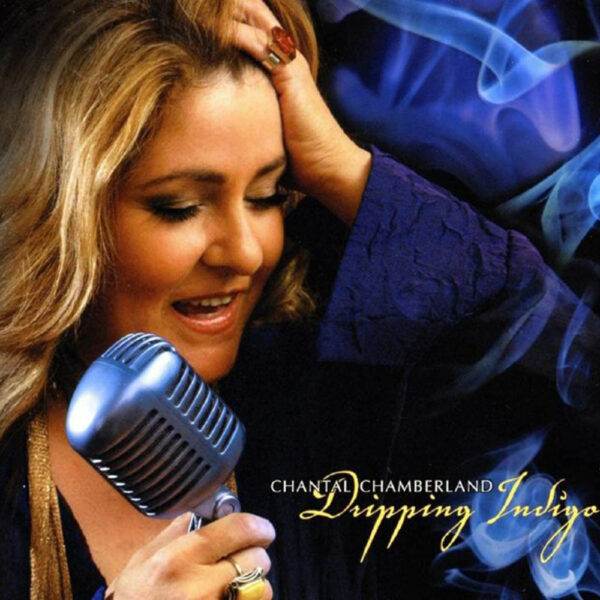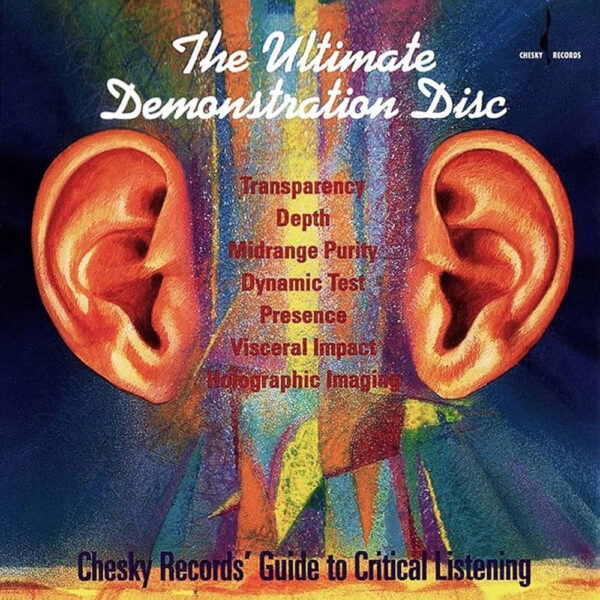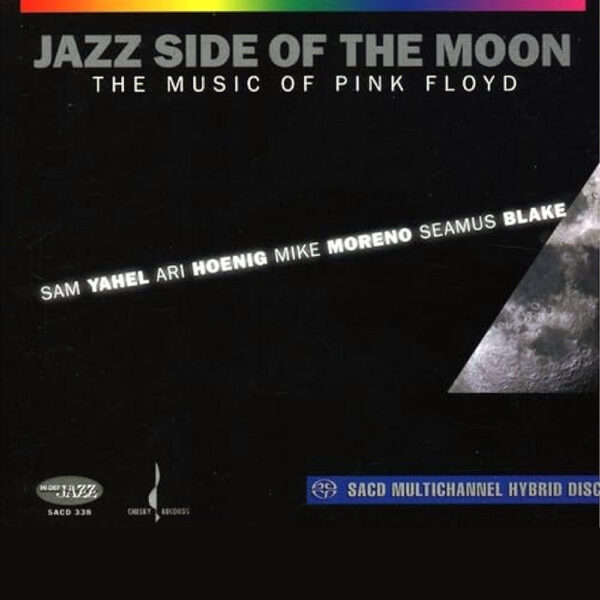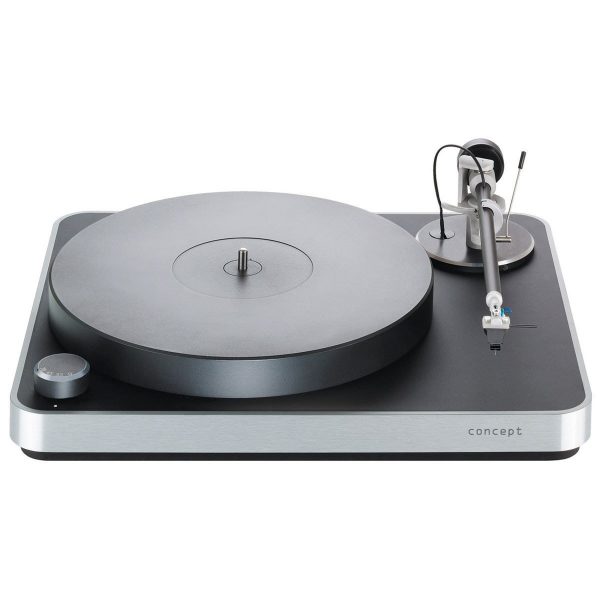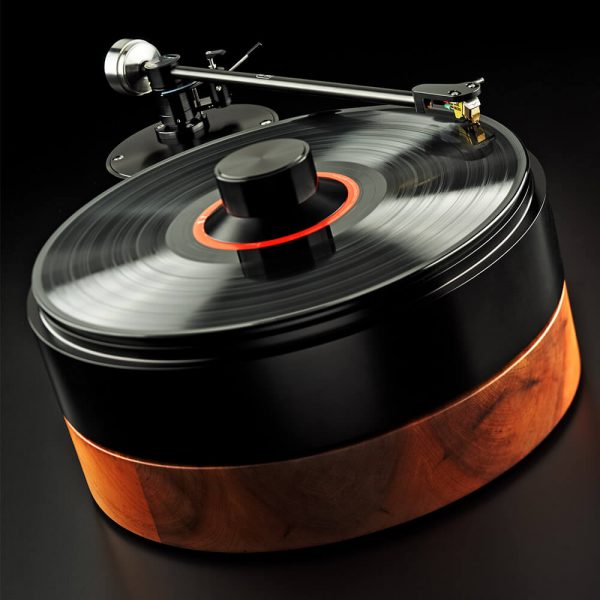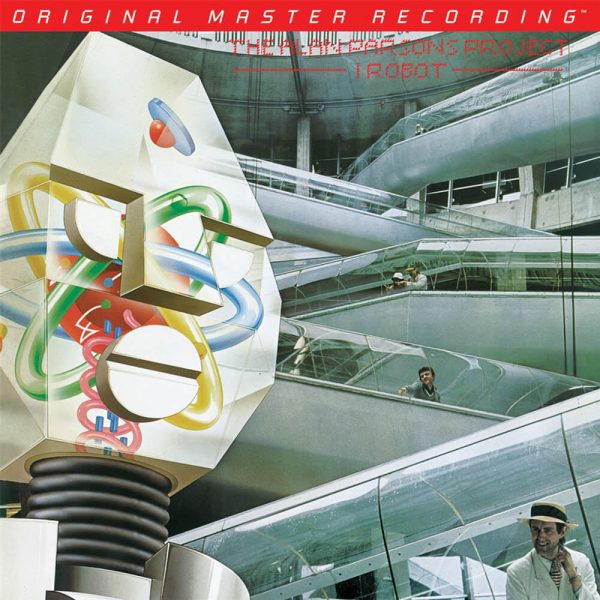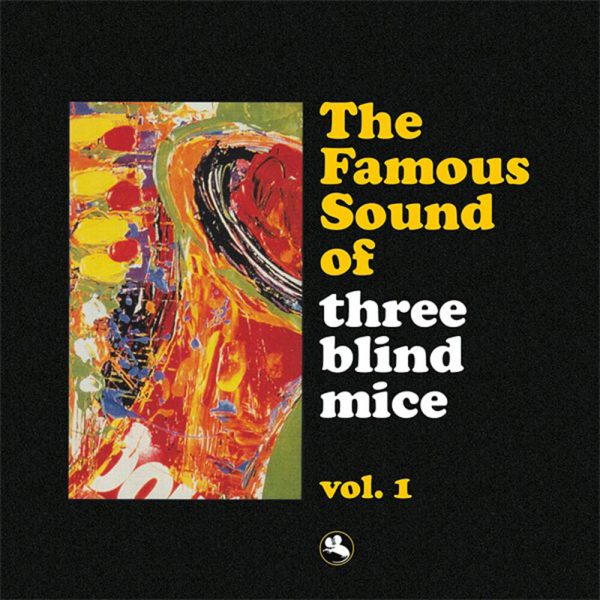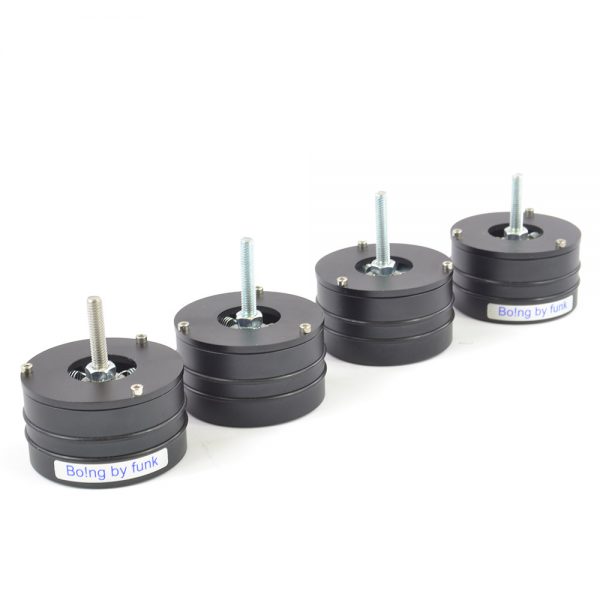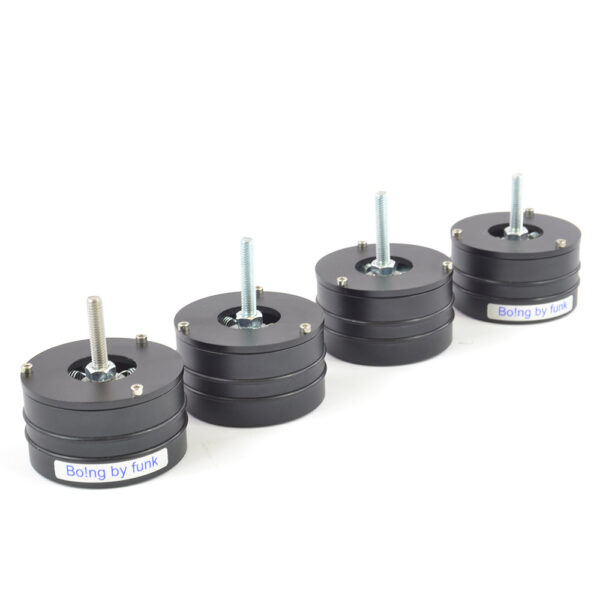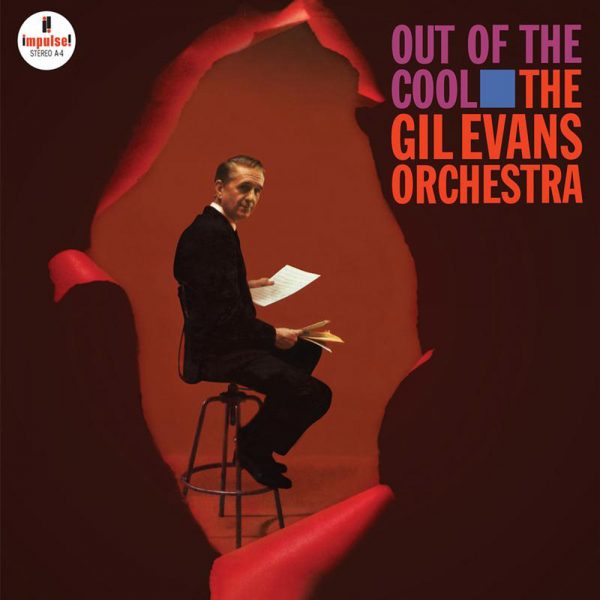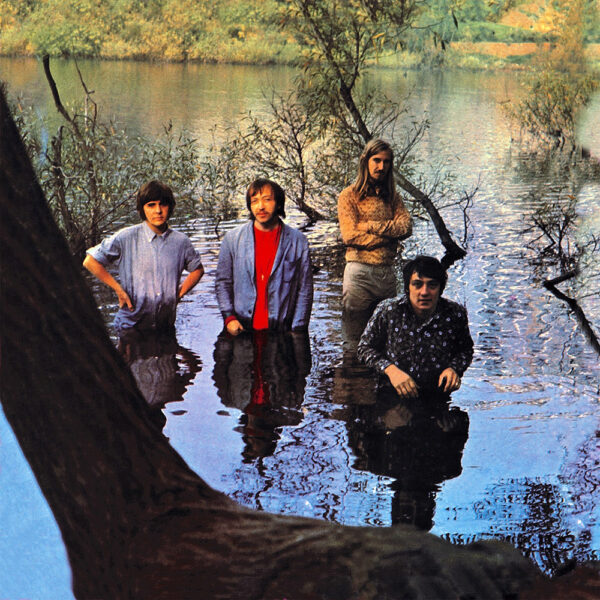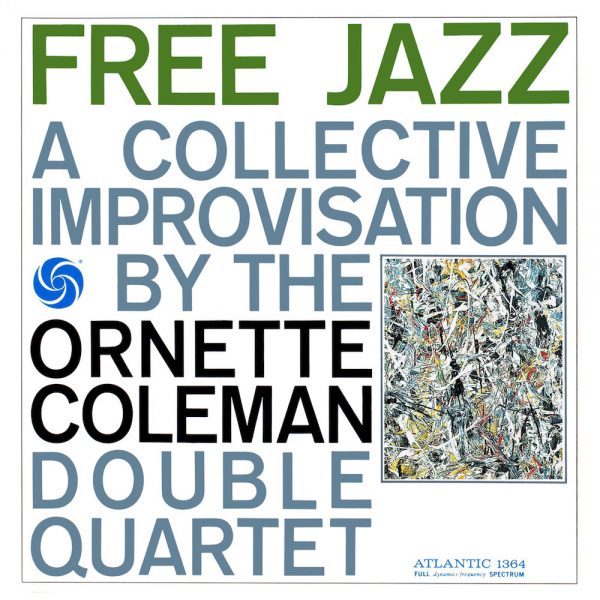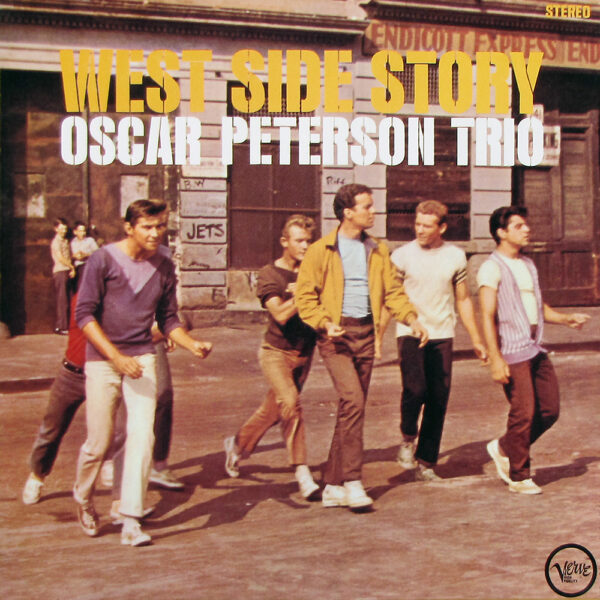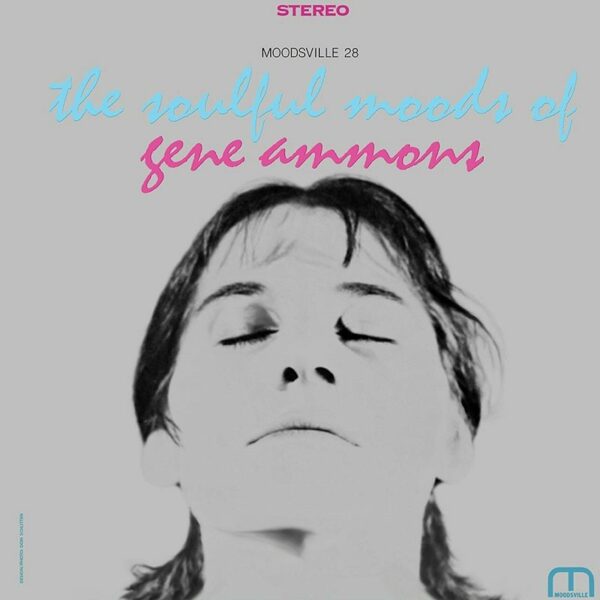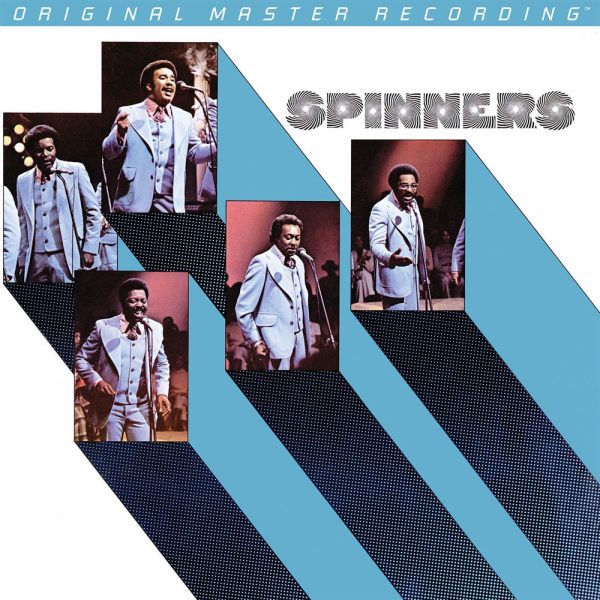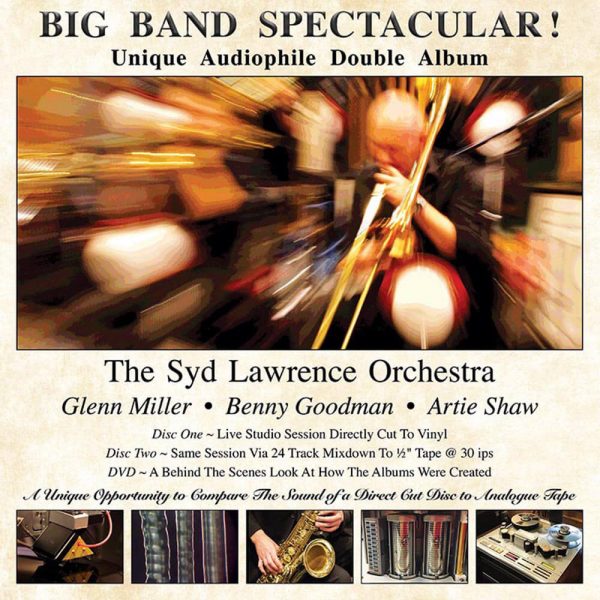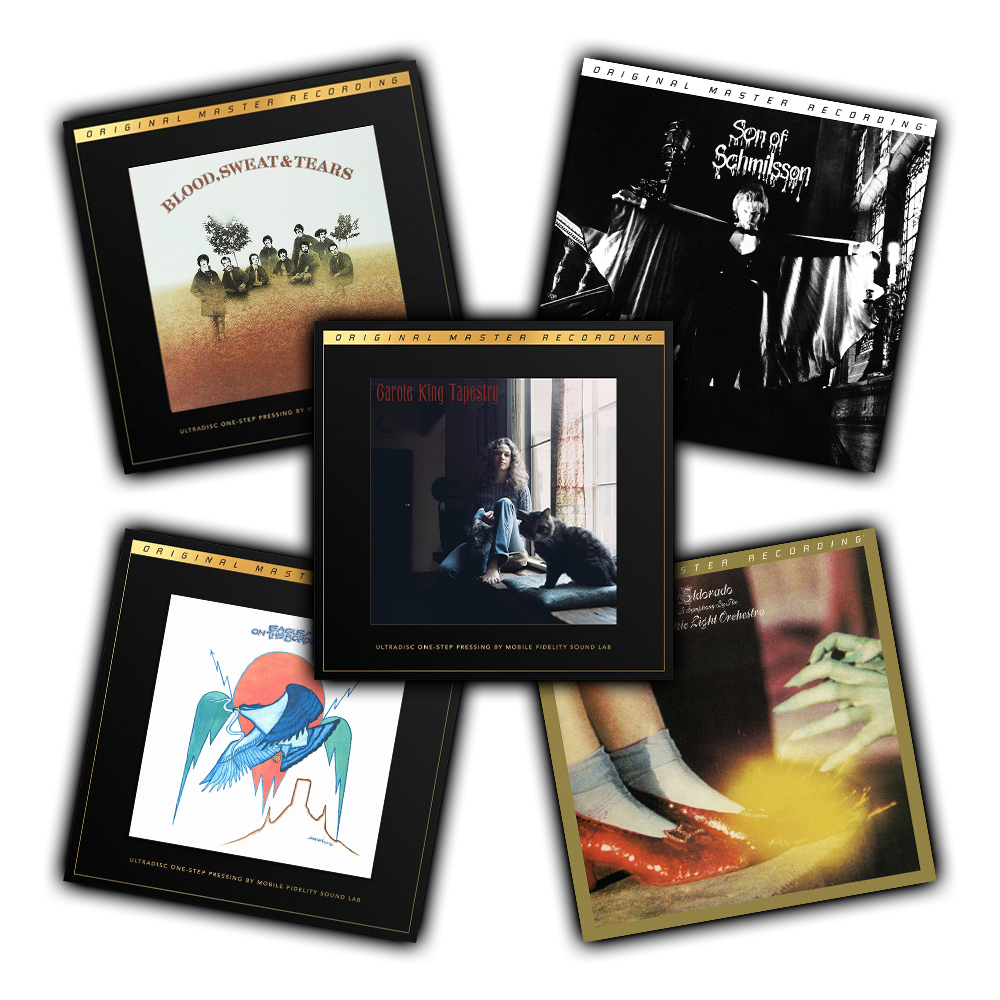The Famous Sound of Three Blind Mice Vol.1 2LP 180 Gram Vinyl Limited Edition Impex Records 2018
By 1998 interest in Takeshi ‘Tee’ Fujii’s phenomenal success with his Three Blind Mice jazz label led him to make a compilation of his favorite tracks. He chose recordings made between 1973 and 1978 for the resulting album, which he titled The Famous Sound of Three Blind Mice, Vol. 1. The most popular and sought after tunes were all included, cut by Chris Bellman at Bernie Grundman Mastering!
- Limited Edition
- First Time Available on Audiophile Vinyl!
- 2LP 180 Gram Vinyl Pressed at RTI, USA
- Cut by Chris Bellman
- Remastered at Bernie Grundman Mastering
- Deluxe Gatefold Cover
The Funk Firm Boing Isolation Feet
- Isolates turntable from acoustic feedback and seismic vibration from footfall etc.
- Replacement turntable feet with spring and damper isolation solution
- Adjustable spring rate by adding or subtracting springs copes with a range of turntable weights ensures that the resonant frequency is below the listening range
- Damping can be added to reduce motion – especially useful for DJ’s
The Funk Firm Boing Isolation Feet for Clearaudio Concept
- These feet are for the Clearaudio Concept turntable set of 3 feet
- Isolates turntable from acoustic feedback and seismic vibration from footfall etc.
- Replacement turntable feet with spring and damper isolation solution
- Adjustable spring rate by adding or subtracting springs copes with a range of turntable weights ensures that the resonant frequency is below the listening range
- Damping can be added to reduce motion – especially useful for DJ’s
The Funk Firm Boing Isolation Feet for Technics SL1200/1210 Turntables
- These feet are for the Technics SL1200/1210 turntable set of 4 feet
- Isolates turntable from acoustic feedback and seismic vibration from footfall etc.
- Replacement turntable feet with spring and damper isolation solution
- Adjustable spring rate by adding or subtracting springs copes with a range of turntable weights ensures that the resonant frequency is below the listening range
- Damping can be added to reduce motion – especially useful for DJ’s
The Gil Evans Orchestra – Out Of The Cool 180g – Acoustic Sounds Verve Re-Issue
“The album is worth getting for the 15 minutes of ‘La Nevada’ alone but the rest is equally great including the cinematic side closer ‘Where Flamingoes Fly.’ … The sonics here with a cut from the master tape by Ryan K. Smith (yes, the master tape- I have a current photo that for some reason I can’t share with you) are incredibly transparent, spacious and flat-out thrilling … and somewhat brighter and less mid-band rich than the long out of print Alto-Analogue edition Bernie Grundman cut in 1997. Both are worth having for different sonic reasons and if you have a clean original Rudy Van Gelder cut (A-4) you may think you are set, but that cut is less spacious, somewhat dynamically compressed, has the RVG lower bass roll-off and is definitely less transparent — not that it’s bad and some people do like the more ‘in your face’ excitement. This one’s here now though! Do not miss it!” — Music = 10/11; Sound = 10/11 – Michael Fremer, AnalogPlanet.com.
The Groundhogs – Scratching The Surface – Pure Pleasure Records 180G Vinyl
The Groundhogs' debut album is a long way from the "classic" sound of the better-known Thank Christ for the Bomb/Split/Who Will Save the World? trilogy.
Indeed, the mellow classic blues through which the band pursues its nine tracks offer the unsuspecting listener little more than a direct blast from the peak of the British blues boom past.
The Ornette Coleman Double Quartet: Free Jazz Speakers Corner 180g Vinyl
The term ‘free jazz’ was already in existence – but it had a quite different meaning, namely jazz without paying for an entrance ticket. The album “Free Jazz”, however, was intended to lend its name to a quite different style of jazz. ‘Free’ playing – now this meant that no one was bound to conventions, you could let your imagination run loose. Free jazz gave one the chance to find new rules for every new composition. And it was to be the greatest boost to innovation in the world of jazz. Ornette Coleman’s album from December 1960 stands at the beginning of the free jazz era like a massive portal.

